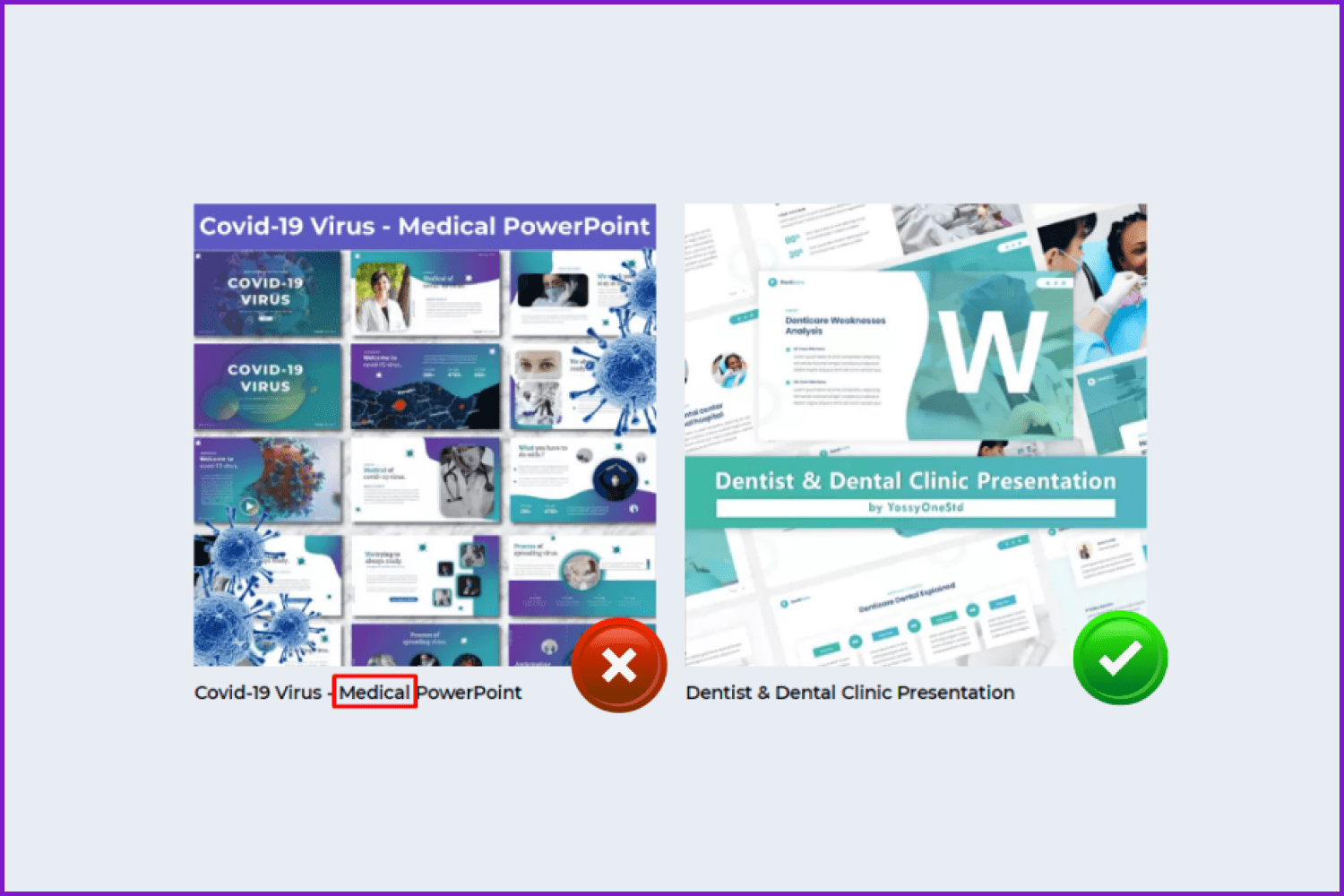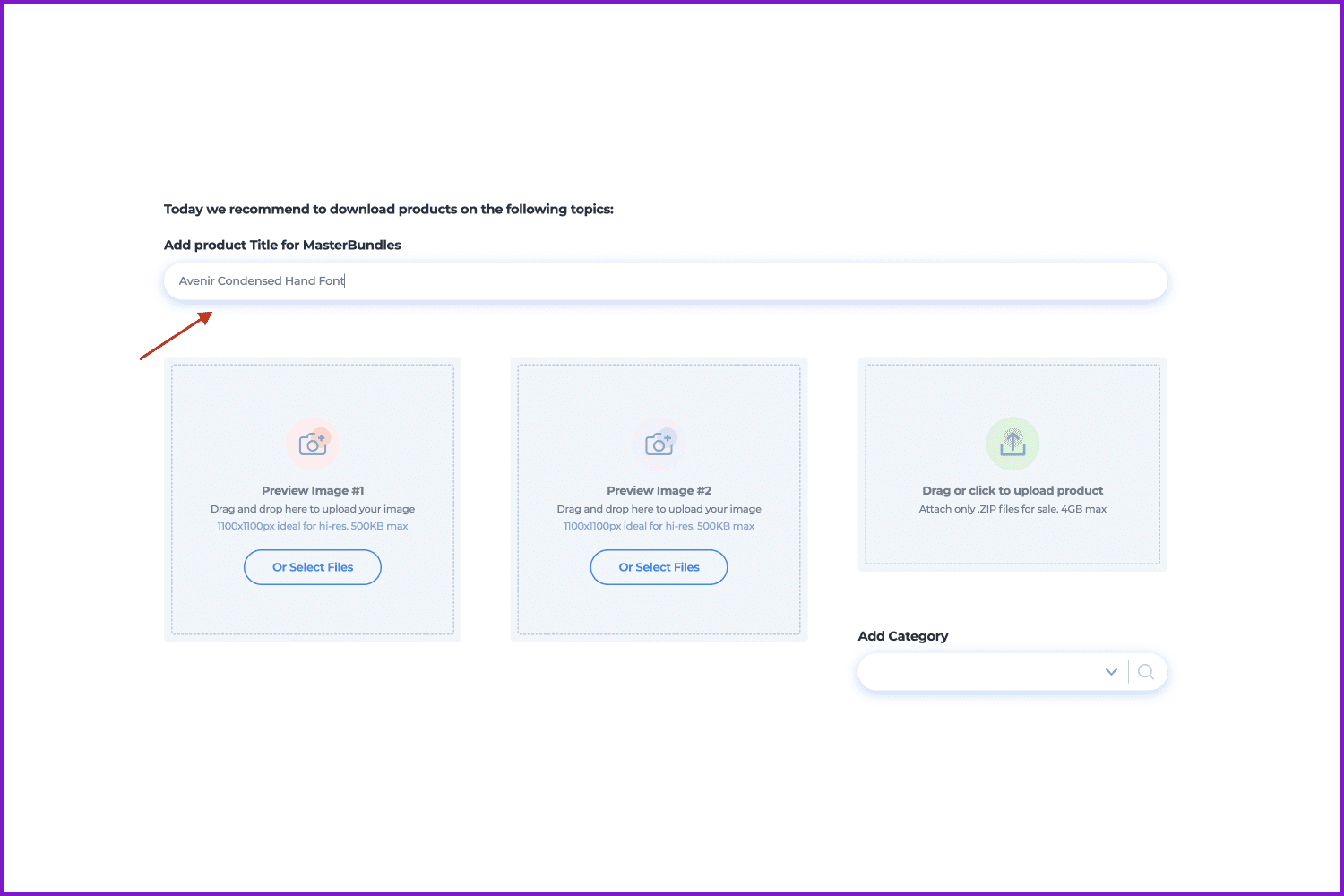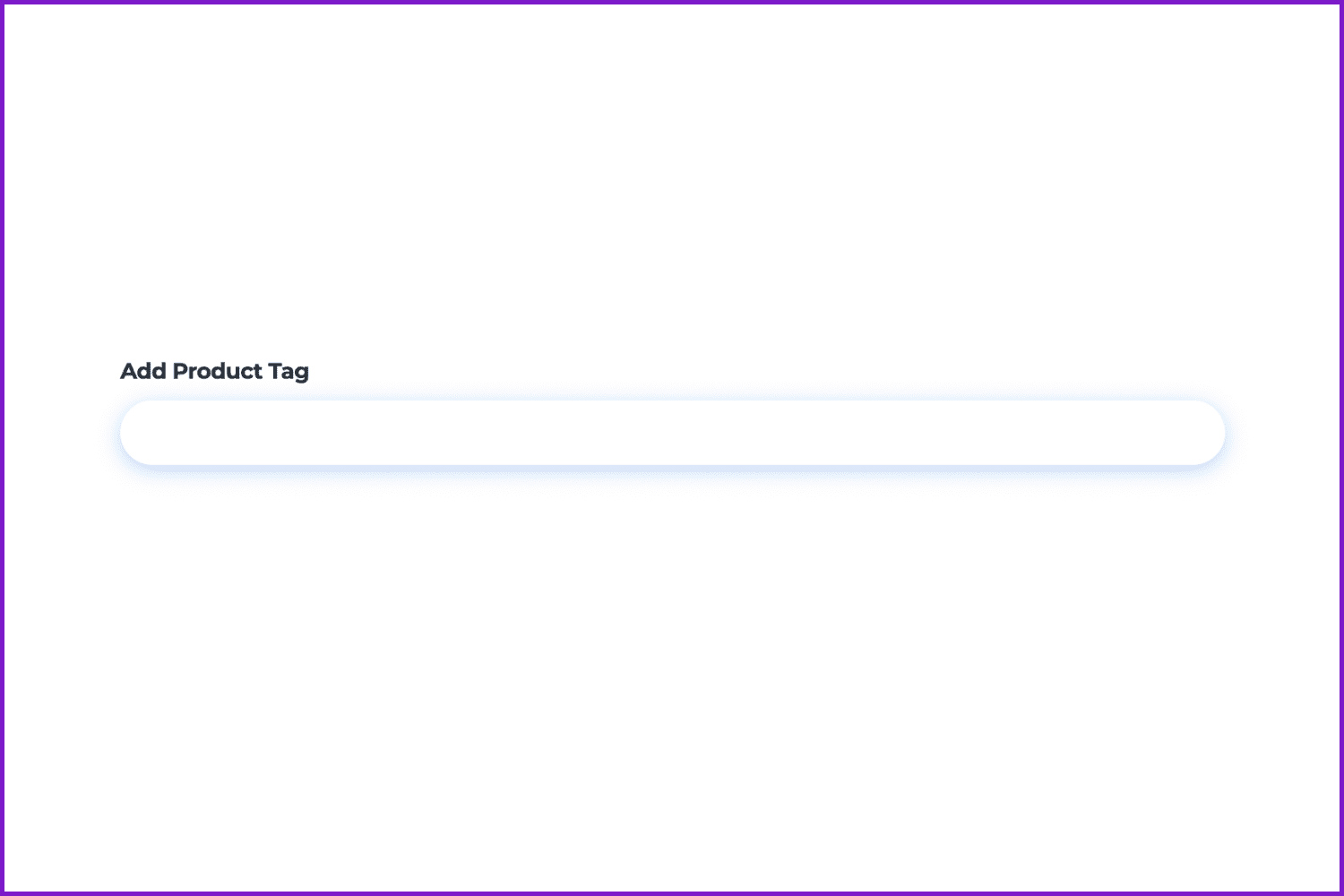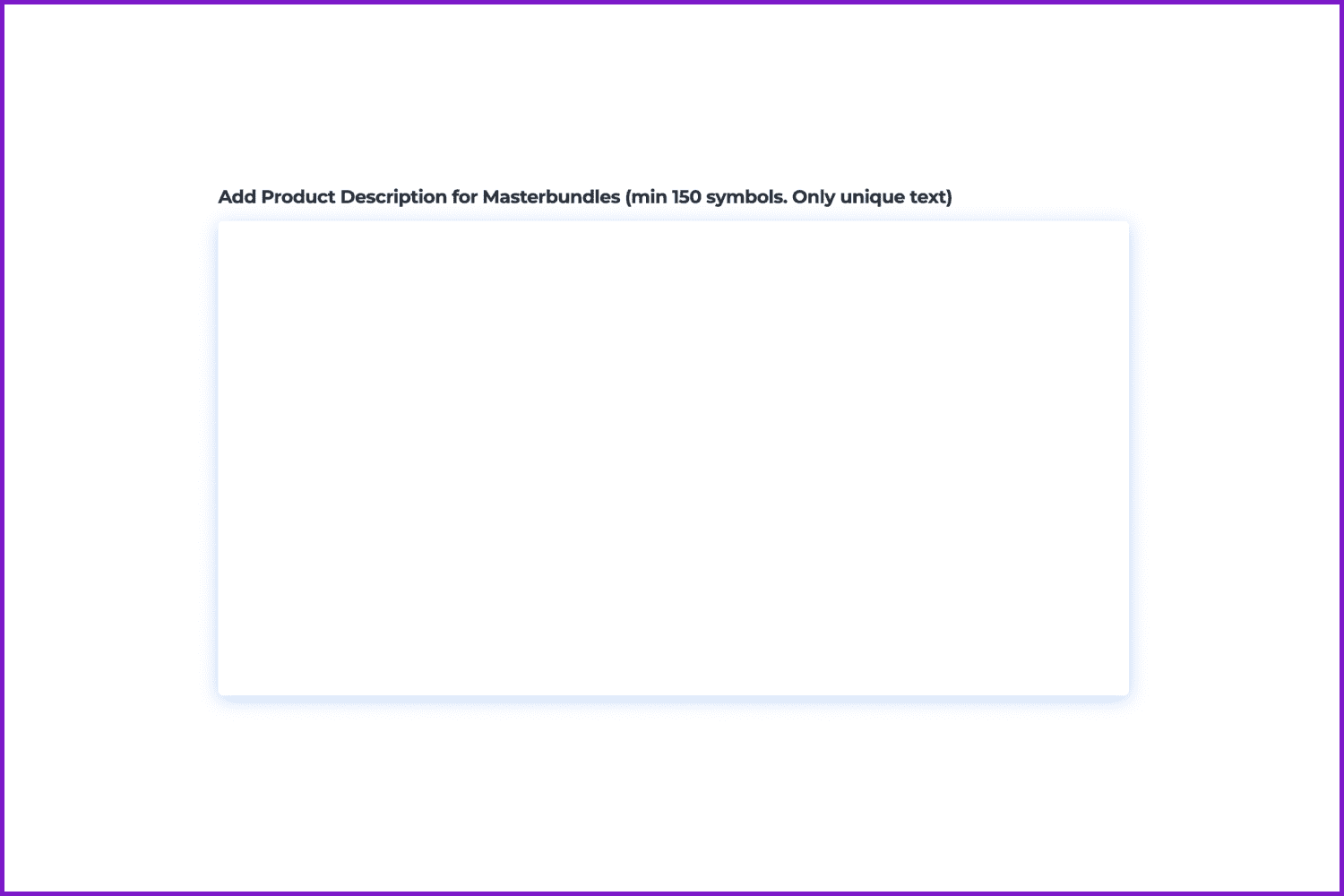SEO Optimization for Your Product Pages on MasterBundles: Why It Is Critical & How You Can Use It to Drive Traffic & Boost Sales
When designers start working on a product, they put maximum effort into its visual qualities, aesthetic appeal, and ease of subsequent use (if we are talking about marketplaces). All this is done to attract a potential client’s attention. However, the popularity of the product and its sales depend not only on its actual quality!
The fact is that a mediocre product can be sold much better than a masterpiece if the first one has an SEO promotion strategy created, and the second one — doesn’t. And in today’s article, MasterBundles experts will explain why it is worth exploring SEO for yourself and how to implement it in the marketplace. We will also recommend some tools to simplify the process of optimization!
How Do You Get Product Traffic?
In order to analyze the topic in as much detail as possible, let’s start with the basics. Let’s say you have already created a product and placed it on the marketplace. Where will you get clients from? Here are some of the top traffic sources:
- Direct traffic — thanks to the design of our product pages, internal linking and the correct categorization, your product can become more visible, getting more clicks from people surfing the MasterBundles website. Popularity in the marketplace depends on internal ranking factors and may change (due to the emergence of new competitive products, changes in ranking rules, etc.).
- Paid advertising in social media is quite a successful method to get good traffic, but it requires constant investment and a lot of control. To rationally use paid advertising, you need to have advertising skills or hire a specialist to avoid targeting errors and draining funds on wasted ads.
- Organic traffic is an alternative to paid advertising that does not require much investment. It can be easily achieved using SEO — choosing the right keywords, as well as creating unique project descriptions and informative titles.
In the article, we will talk about the Organic traffic source and how to make it better!
SEO: A Great Method to Increase Traffic to Your Product Pages
Some of you may still be wondering, “Why should I use SEO and waste my time when I can get direct marketplace traffic or invest some money in advertising?” Here are a few key benefits of this promotion method:
- It is long-term — unlike most other channels, the effect of which completely disappears or significantly weakens when financial injections stop, the results of SEO promotion have a positive effect on positions for months.
- It gives an increase in conversion — search engine optimization allows not only to attract additional customers to the product, but also increases the chances that they will perform a targeted action that brings profit.
- It is very affordable — compared to other types of online marketing, SEO promotion is much cheaper (for example, one click on a highly competitive contextual advertising ad costs the customer tens of dollars).
Of course, there is a downside — you have to spend a lot of time on SEO optimization, but once you remember the basic principles that are relevant for promoting your digital products, the process itself will become quite simple! You can optimize your website on your own or you can use specific services such as SEO Checker. Such services will easily audit your website and report all of the issues, so you could fix them.
Tip #1: Finding the Right Keywords for a Product
Let’s get down to practical tips that will help you achieve working SEO optimization. First, you need to collect relevant keywords that will correctly characterize your product on MasterBundles — this can be done immediately after the design is completed. Here are two tips for choosing the best keys:
- Choose keys with a small number of positions, but high traffic potential.
- Do not repeat the same keywords in the title and category, so as not to lose potential clicks.
For example, you want to promote a template for a medical presentation (the “Medicine” category). If you insert this word also in the product name, it becomes useless; you are just taking the place of other relevant words.
Where to use keywords
Keywords will be relevant for the design of the product name, as well as its description. You can also use keywords in tags. All of this will allow the search engine to find your masterpieces and present them to a potential client.
What tools should be used to search for keywords?
If some keys can most likely be intuitively compiled like “download a PowerPoint medical template”, then most need to be calculated using special tools. Our experts recommend the following:
- Google Keyword Planner
- Soolve
- SEMrush
- Wordstream
- Ubersuggest
- Ahrefs
- Google Trends
- Moz Keyword Planner
- Google Search Console
- Keywords Everywhere (extension)
With the help of these services, vendors will be able to explore what users are looking for, how they form requests, and which keys are best to choose for a product.
Tip #2: Create an SEO Product Title
Once you’ve made a selection of relevant keywords, it’s time to create the perfect SEO title for the product. Here are some working recommendations:
- the maximum length of the title is 70 characters
- use capital letters only when necessary, you don’t need to write the entire name in capital letters
- refuse promotional phrases
- don’t use emojis
- the main keyword is best used at the very beginning
- reduce the number of punctuation marks in the title
Don’t forget about modifiers — you can include style, type, and features in the title if it’s relevant and helps to characterize your product.
Tip #3: Add Properties and Tags
After generating the SEO title, you need to upload quality media and then go to Properties:
It is important to include all additional characteristics here (for instance, color, file type, themes, etc.) in order to achieve perfect categorization. This is not exactly related to SEO, but it will allow you to achieve a comprehensive promotion opportunity.
After that, you need to add tags. Try to make a selection from the keywords that characterize the product most capably and use them as tags.
Tip #4: Write an SEO Product Description
And, of course, you need an SEO description! This is probably the most important step. Statistics indicate that 9 out of 10 users always look for a description on a product page, even if they have already seen the visual materials. And the better and more detailed the description is, the fewer questions the client has and the faster he moves on to the purchase.
Why do you need a unique SEO description?
If you are too lazy to write new descriptions and always use the same text, beware — this is a critical mistake! The fact is that most search engines will display the very first page with the text found, and the rest of the publications with a similar description will gather dust somewhere on the far pages never seen by a potential audience.
But uniqueness is highly valued — thanks to it, the product can be on the first pages of search engine results. If earlier you thought that this applies only to websites, then no, this recommendation is relevant even for product descriptions on the marketplace.
How to create a working SEO description?
To achieve the perfect SEO description for your product — whether it’s a font, a template for a presentation, or a CV — follow these rules when creating it:
- Never copy text from other pages. You can always check the uniqueness of the written content using special tools like ContentWatch, Copywritely, Antiplagiat, and so on.
- Structure the text. Many experts recommend using H2 and H3 headings, and you should also focus on bulleted and numbered lists. Search engines love them!
- Use keywords. According to the basic rules, keywords should take up about 1 percent of your text so that there is no overspam. That is, if your text consists of 300 words, then three keys will be enough. However, experts advise making descriptions of at least 500 words and including 4 to 6 keywords.
Regarding the keys, we recommend using them like this: 1 time in the H2 heading, 1 time in the first paragraph of the description, 1 time in the H3 heading, 1 time in the list, and distribute the rest of the keys in the text depending on its size.
Remember that publishing a product without a description and keywords is a recipe for it not being sold. If there are no keys and text, then the search engine simply will not understand what it is and when it should be offered to the user.
Tip #5: Try Complex Work On SEO
If you have been using the listed SEO optimization methods for a long time, then it is never superfluous to think about additional tips! Here are some more ways to improve your product SEO strategy:
- creation of guest posts in popular blogs mentioning a link to the product
- sharing a link to the product on the forums or in the comments of the discussions of some sites – do it accurately & make sure it’s relevant
- ask your customers to leave reviews and share impressions of your products with a link mentioning them
- share your products on various social networks
- add links to your products on your profiles and sites
All of this will become part of a complex SEO promotion strategy and it will help to achieve greater popularity for your products!
Conclusion
Well, here we’ve come to the end! We hope the materials collected by the MasterBundles team were useful to you and made the topic of SEO promotion of products on the marketplace much more understandable. Do not forget to study new recommendations and implement them on your products` pages in order to achieve the most gorgeous result!
What are your concerns?
Thanks for your response!
Disclosure: MasterBundles website page may contain advertising materials that may lead to us receiving a commission fee if you purchase a product. However, this does not affect our opinion of the product in any way and we do not receive any bonuses for positive or negative ratings.


















